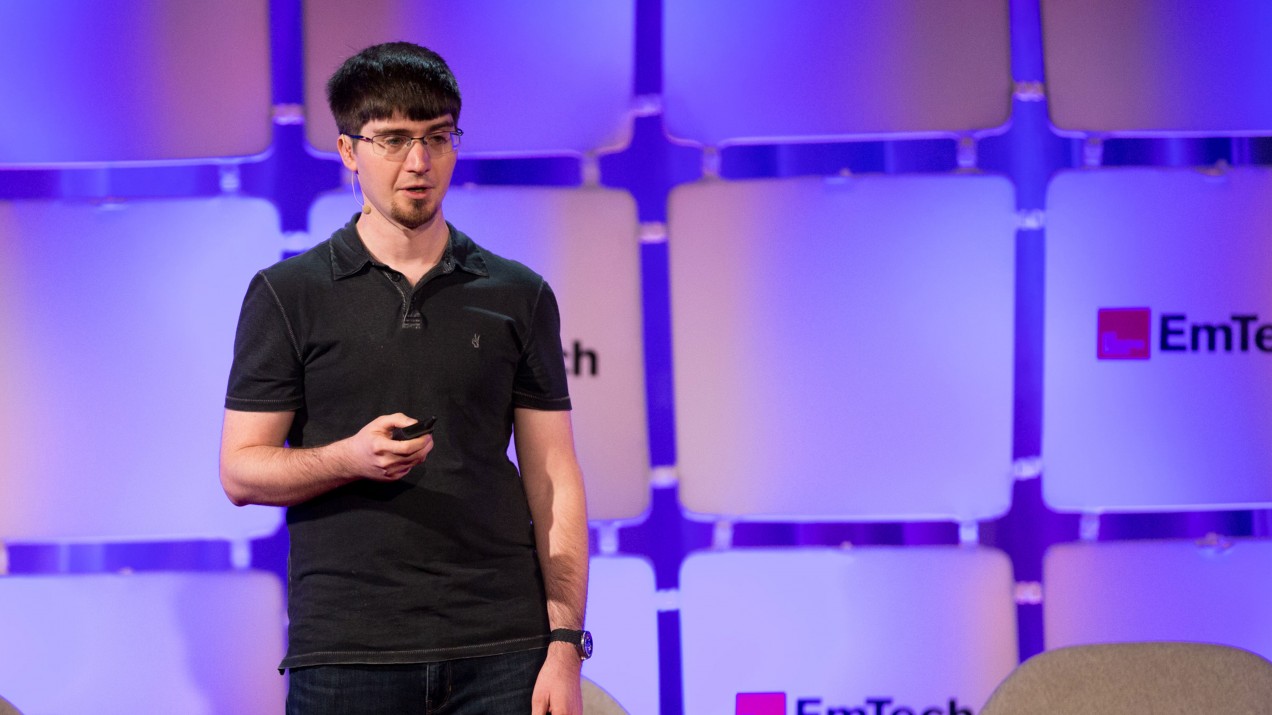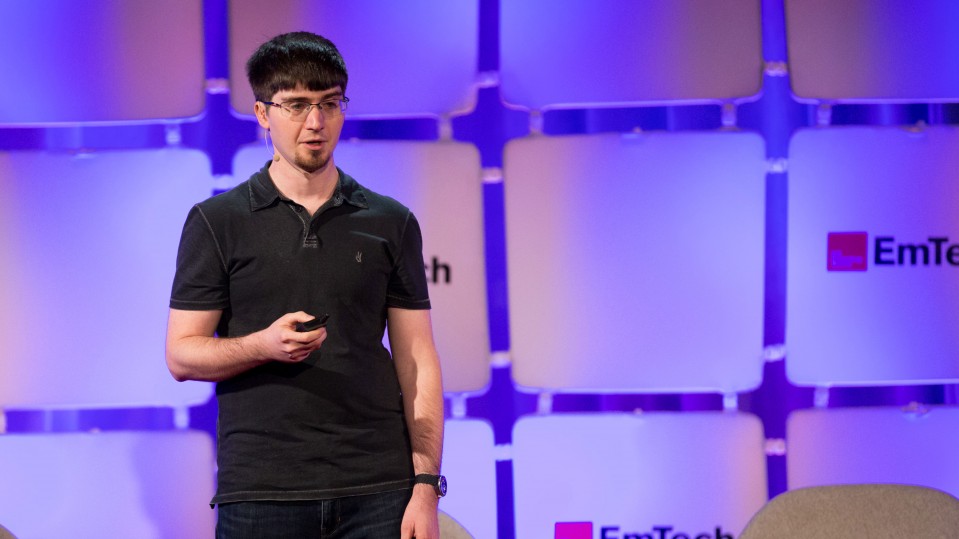

Connectivity
AI Could Set Us Back 100 Years When It Comes to How We Consume News
Fake videos could become so convincing that we may have to get used to getting our news without them.

Despite its great promise, artificial intelligence might set us back a century when it comes to how we consume our news.
At EmTech MIT in Cambridge, MA, on Tuesday, Ian Goodfellow, a staff research scientist at Google Brain and one of MIT Technology Review’s Innovators Under 35, pointed out that it used to take enormous resources to produce fake images that might fool us. But AI technology like generative adversarial networks (GANs), a deep-learning system he developed, can create fake images and learn to make them more believable. As a result, it’s going to be easier to fool even more people.
When it comes to news, he says, we are just going to have to be more skeptical. And maybe get used to not believing most multimedia you see online.
“It’s been a little bit of a fluke, historically, that we’re able to rely on videos as evidence that something really happened,” Goodfellow said in an interview offstage at the event.
While Goodfellow concedes that GANs are relevant in a potential future where researchers or Russian operatives can create videos of politicians saying anything, he also points out that people have been Photoshopping images without artificial intelligence.
“We’re speeding up things that are already possible,” he said.
There are a lot of areas where it’s unclear what changes AI will bring. At least for news, Goodfellow says, we have historical examples of society getting along without video and photos to inform our opinions. We may just have to get used to that again.
“In this case AI is closing some of the doors that our generation has been used to having open,” he said.